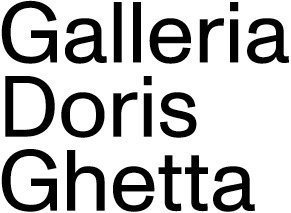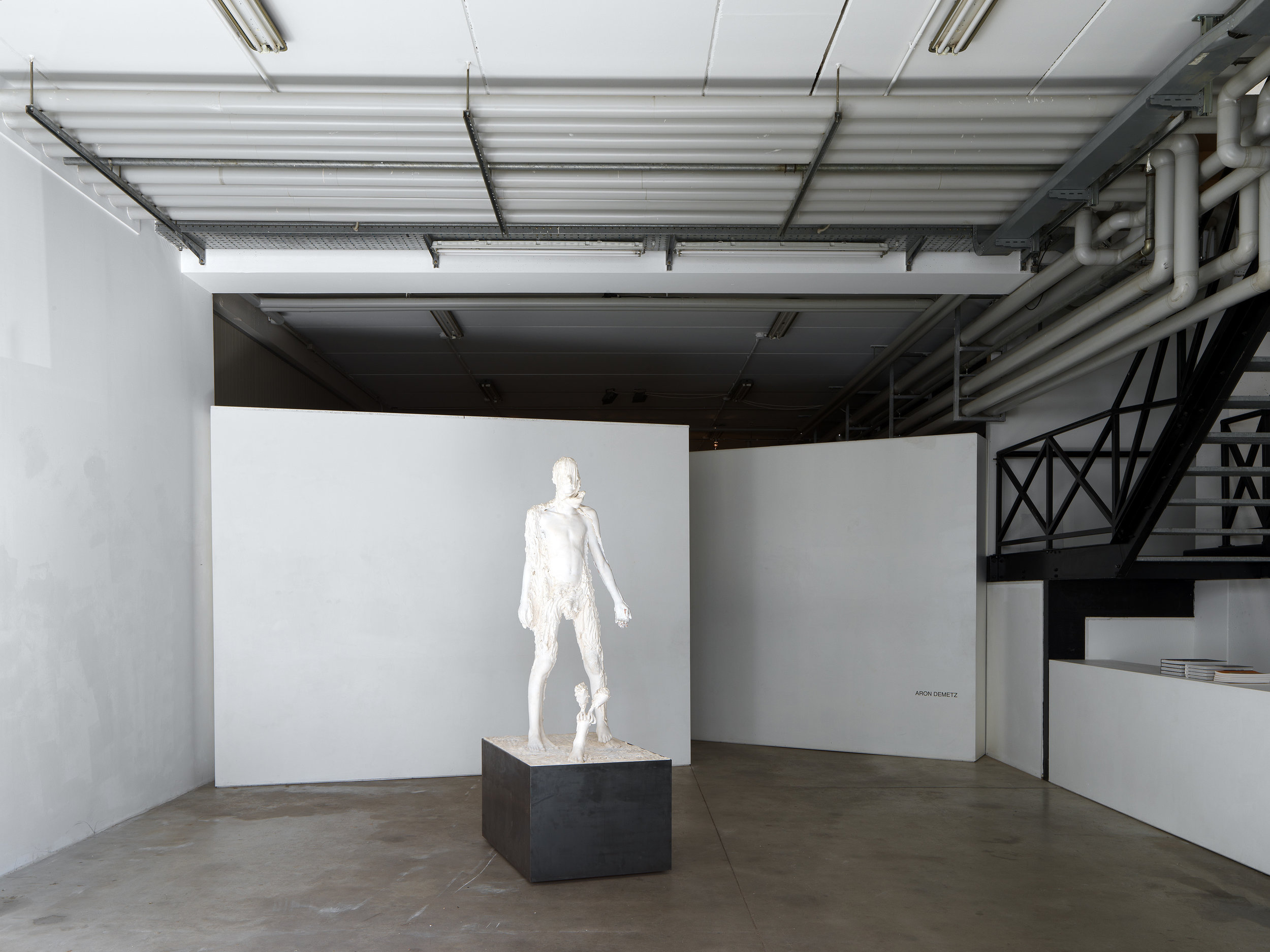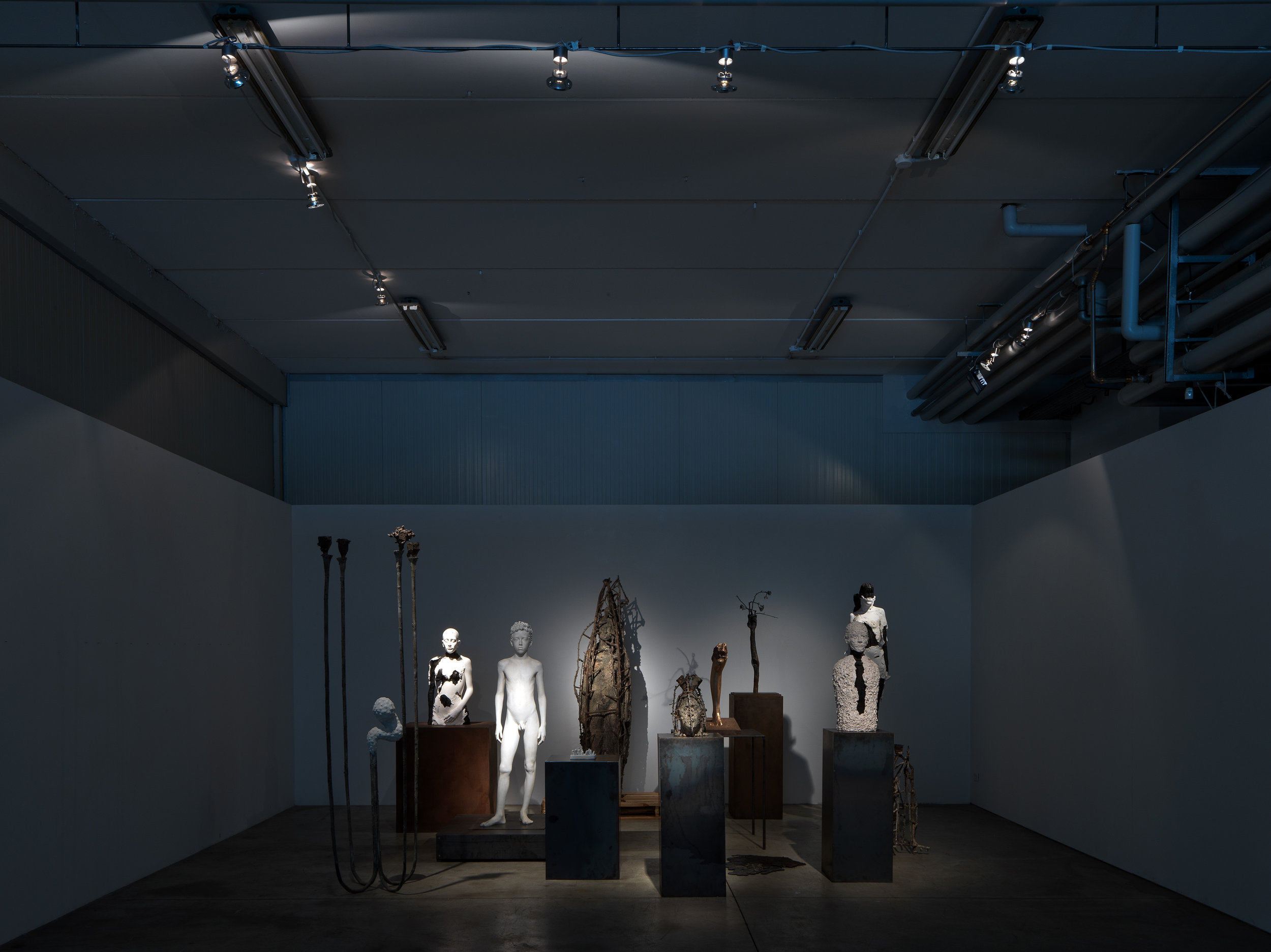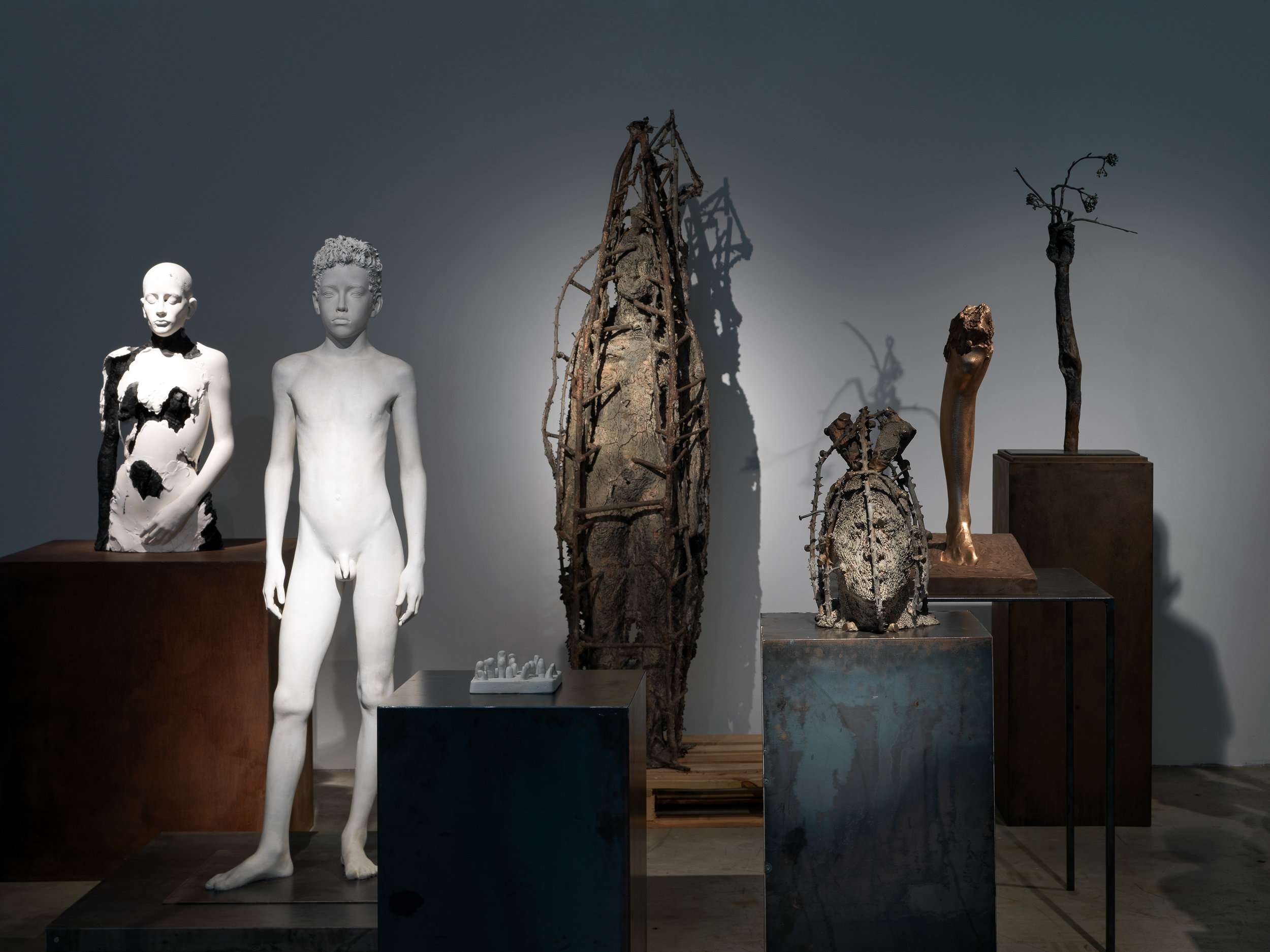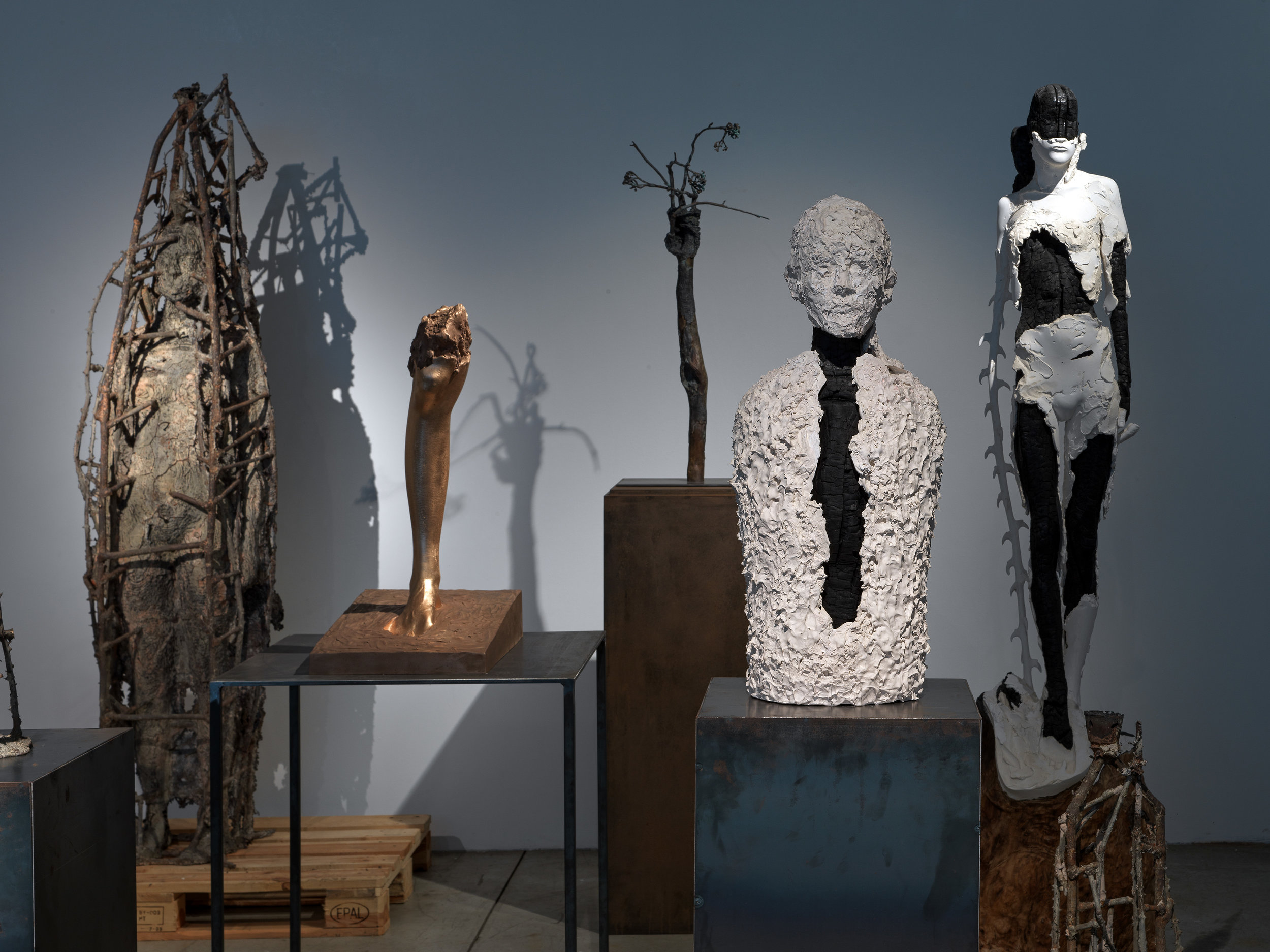ARON DEMETZ
Aron Demetz
intermezzo
Vernissage, Saturday, 30th March 2019
March 31 – May 20 2019
Press release
comunicato stampa
Pressetext
Following the splendid retrospective at the Archaeological Museum in Naples in May 2018 in which he juxtaposed his works with the classical sculptures and objects from the museum’s collections, over the last year Aron Demetz has produced a set of totally new pieces. Galleria Doris Ghetta is delighted to present these sculptures in a new one-man show. During the inauguration visitors will be invited to Demetz’s studio, not far from the gallery itself. There the artist will show them round his atelier, where they will be able to admire a number of sculptures at different stages of completion and discover the artistic process production for themselves.
In this recent collection, Demetz once again moves away from the aesthetics of classical sculpture by relating representation of the human body to the visible traces of the production process. A striking example of this is the bronze casting channels that he leaves on the outside of his sculptures like a web to spread their physical presence. The artist also makes partial use of his tried-and-tested technique of combustion of the wood bodies, but offsets this destructive process by refashioning the charred figures with plaster. He tends to leave the surfaces rough and apparently untreated so that classical figuration is reflected not so much in formal appearance as in the powerful archaic language of the material and its properties and a savage, hence even more impressive artistic process.
Excerpt from the essay by Alessandro Romanini from the book of Aron Demetz "Autarchic":
The first is linked to the sensation of stepping close to the origin of art, prodding the artist to explore the cultural past and, more crucially, the aesthetic process. It is linked to that sense of reverential awe that accompanies a respectful investigation pursuing expressions of our past, traceable centuries later in our culture, language and institutions but, most of all, in our monuments and sculpture.
The common origin of Western art and culture – ab Homero principium – is the birth of the principles and dynamics, be they manifest or hidden, handed down and assimilated over time by art and artists. When works are observed with the artist’s probing and sympathetic eye, this common origin fuses the sensitive experience adopted by Winckelmann re the Laocoön with that of Lessing, in search of “original” images of art and poetry, original, archetypical images of poetry and art, which the artist seeks in the forms and materials. This same origin also leads to the concept of history as an uninterrupted sequence of events that produces the present, both philosophically and in formal-sculptural terms. “Tradition is the tending of the flame, not the worship of the ashes,” as Mahler said.
For Aron Demetz, materials constitute an infinite paradigm of creative possibilities, many prompted by the material itself and its chemical, physical and organoleptic prerogatives. To the artist, the process of realization is just as important as, and sometimes more so than, the end product. The artist’s action is therefore melded into a synergic process of time – one of planning and realization, with all its unpredictability – and space, into the structural syntax of sculptural works, abstract imagination and concrete operation.
This process is based on trial and error. It is an uncharted path in the area of physicality, characterized by unpredictability and chance, failure, changes of mind and of approach, and allegiance to the initial idea carried forward with the flexibility of a vision shaped by testing the material. It is a “learning by doing”, generous with its teachings but only if the artist is willing to accept and indulge the suggestions and signals given by the materials; and, above all, if he is able to predispose an “authorial” space allocated to the exclusive use of the materials in the conception phase.
Ultimately, the work of this artist is closely linked to the concreteness and physicality of the materials, even when eroded, dismembered, lightened, liquefied, variously altered and liberated from the mimetic representation of reality and from figuration tout court. However, it is open to dialectic and synergical dynamics both in its historical and cultural spheres and in its forays into syntactic spatial ones such as installation, design and architecture. The techniques and materials, coordinated by the artist’s idea, open themselves to a play of relations prone to factors that, although not crucial to the work, do feed its linguistic expansion, such as space and the spectator. Just like the materials, the latter becomes a co-author, being asked to interact actively and break free from a merely passive and contemplative role, completing the inductive-semantic path inscribed in the work itself with its subjective interpretation. As this exhibition concretely shows, artists such as Aron Demetz abundantly fuel the debate on sculpture and on artistic perception, reinserting the art of sculpture rightfully among the espressive disciplines. Aron Demetz’s sculpture dialogues with the classical and modern past at the same time as with the present, in a continuous process of action and meaning, reinvented each time on the basis of historical testimonies, personal myths, autonomous practices, collective memories, biographical dimensions and universal aspirations.
